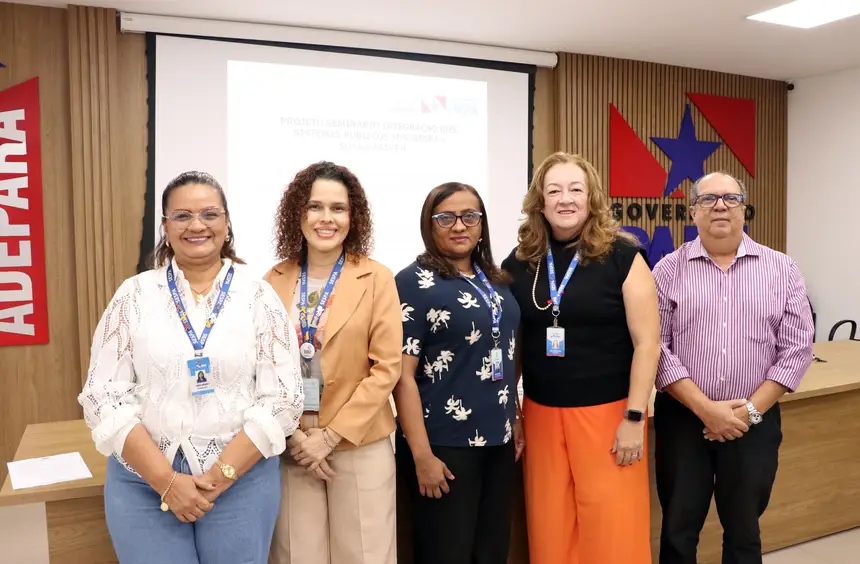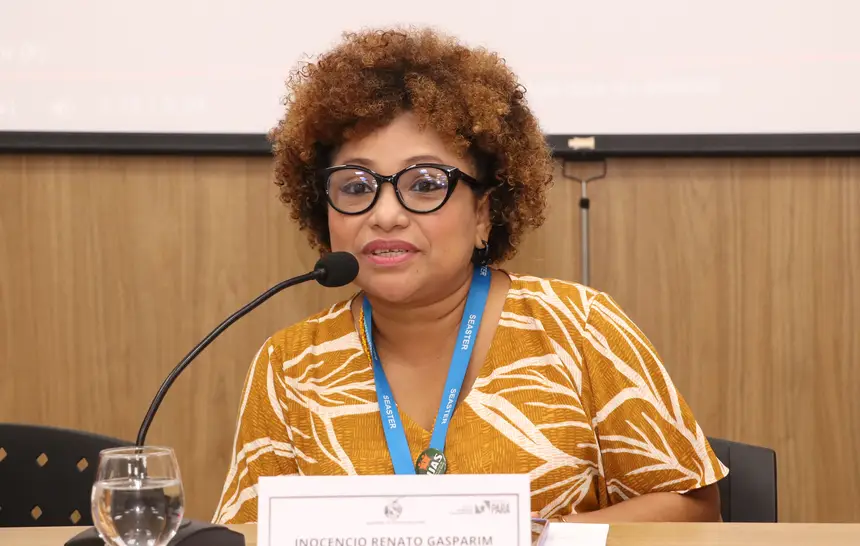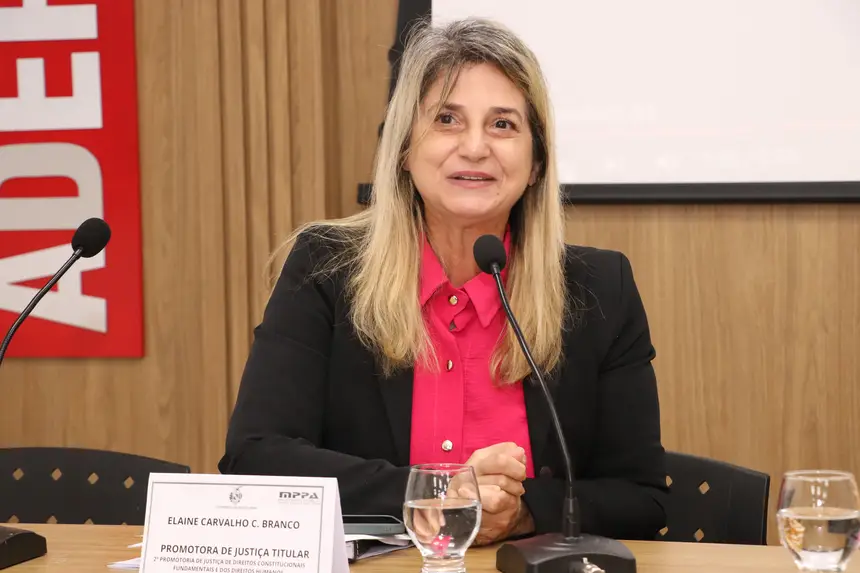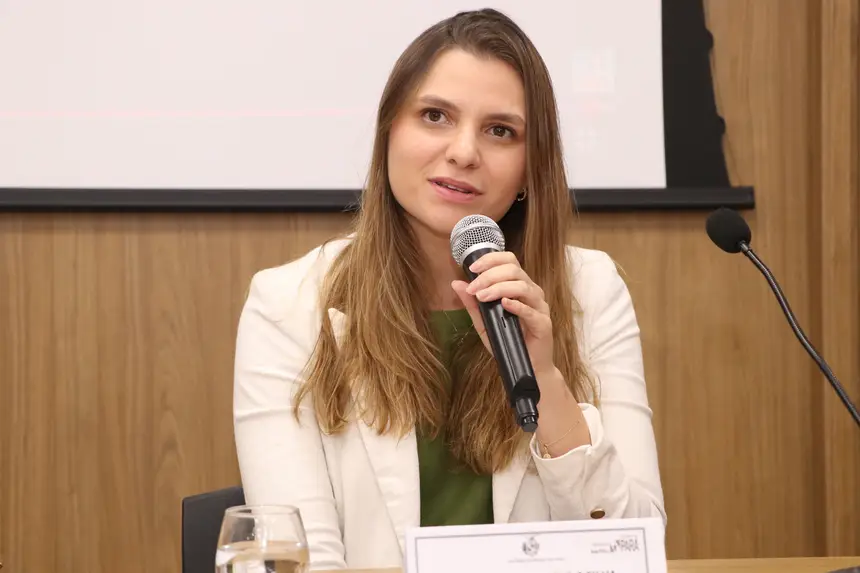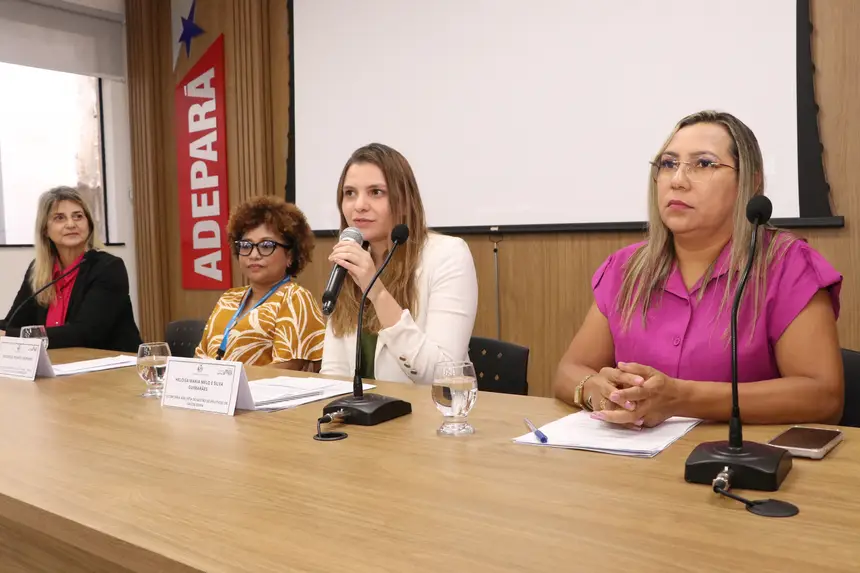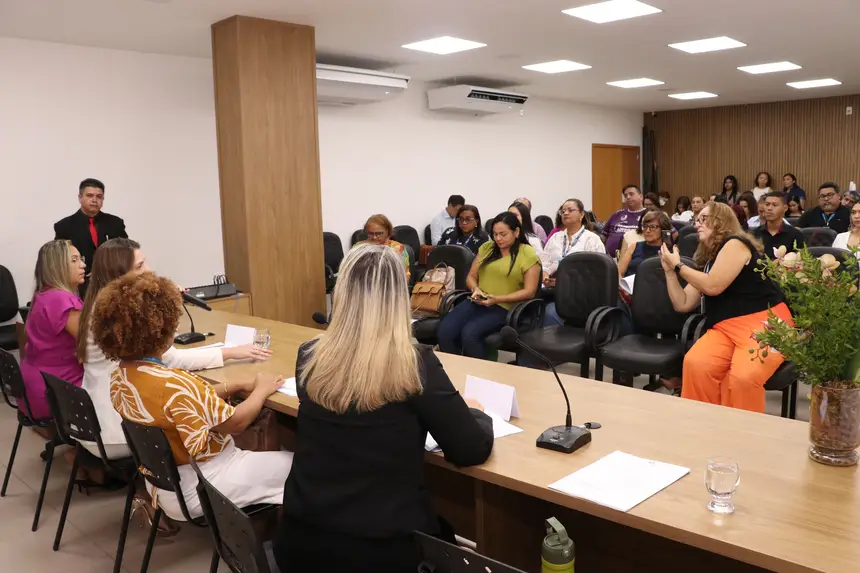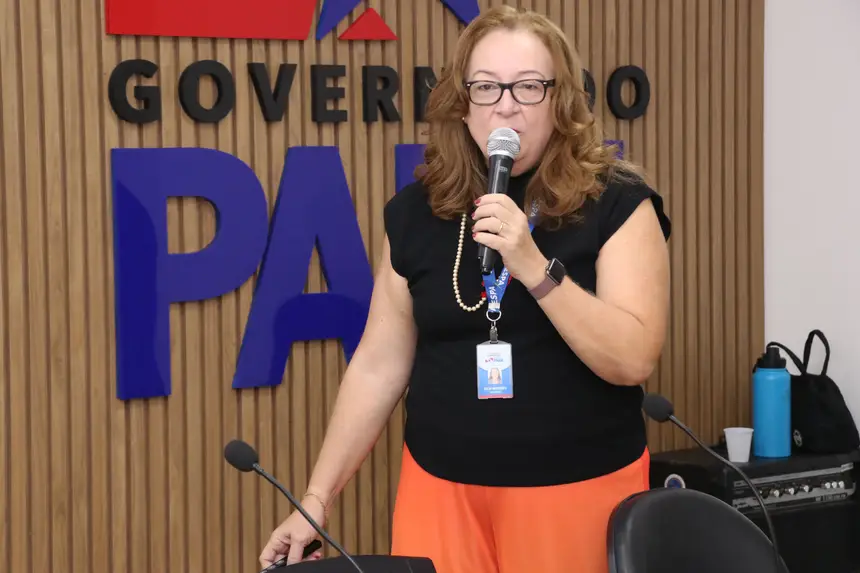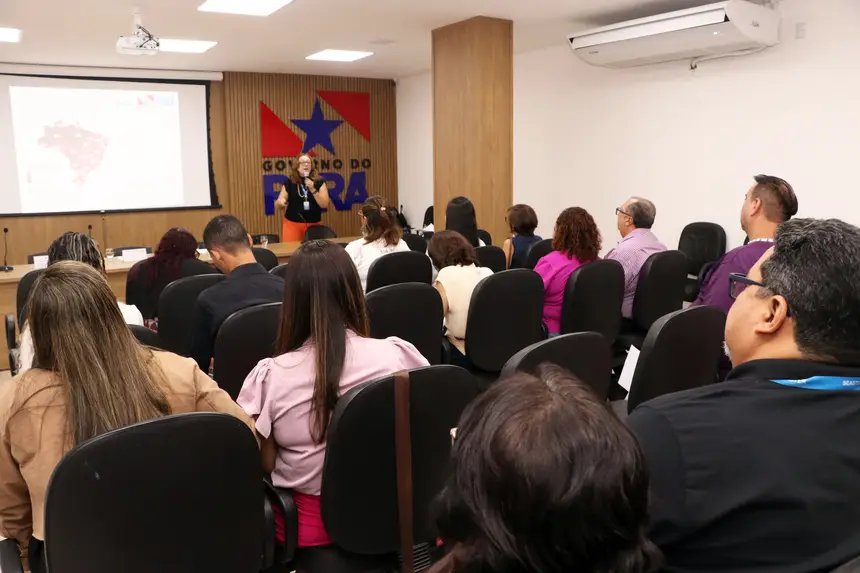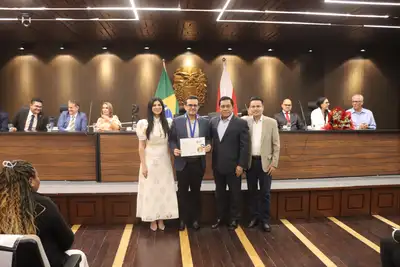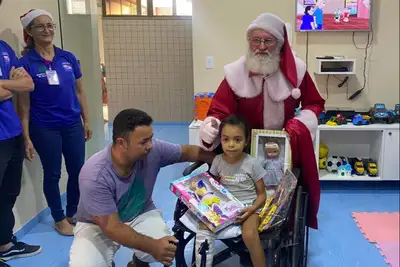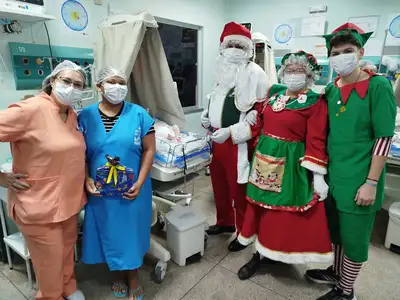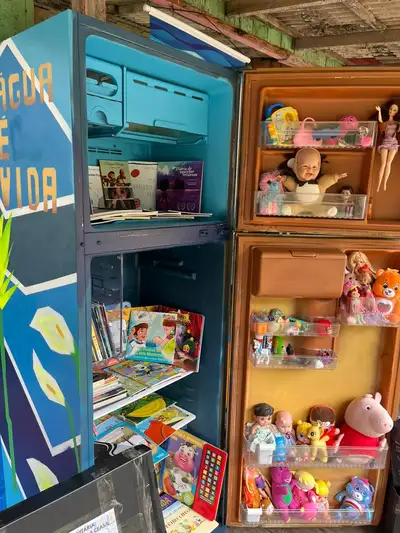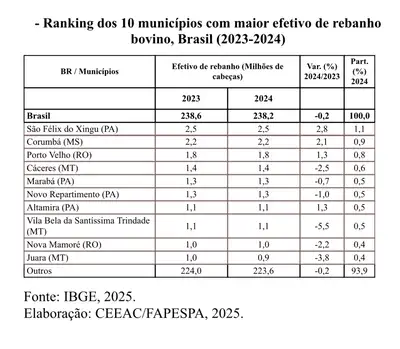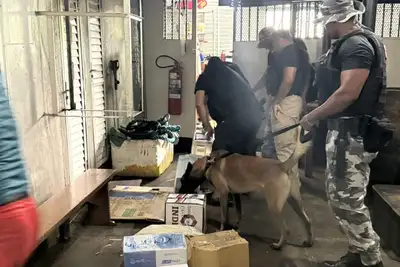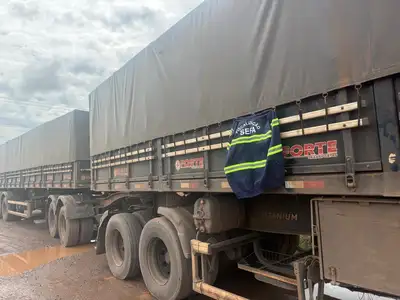Pará promotes seminar for integration between public Health and Social Assistance networks
In Belém, Sespa and Seaster establish technical cooperation aimed at comprehensive care for people in situations of social vulnerability
On this Thursday (22), the State Department of Public Health of Pará (Sespa) and the State Department of Social Assistance, Labor, Employment and Income (Seaster) will hold, at the Adepará auditorium in Belém, the Seminar on Integration of the Public Systems SUS/SESPA and SUAS/SEASTER.
The event marks an important step towards the formalization of the Technical Cooperation Agreement between the two public policies, aimed at promoting comprehensive care for people in situations of social vulnerability affected by diseases such as HIV, hepatitis B and C, leprosy, congenital syphilis, and tuberculosis.
The action is aligned with the Technical Cooperation Agreement signed between the ministries of Health and Citizenship and reinforces the importance of articulation between the Unified Health System (SUS) and the Unified Social Assistance System (SUAS) for the social inclusion of the population at greater risk of exclusion. The ACT, with a five-year execution period, provides for joint strategies such as training of professionals, construction of care flows, combating stigma and discrimination, and promoting access to social assistance rights and benefits.
According to the technical director of Sespa, Carla Figueredo, representing the deputy secretary of Health Policy Management of Sespa, Heloísa Guimarães, the event represents a historic advance in the consolidation of intersectoral policies.
“Working with public health is understanding that social determinants directly impact health outcomes. The partnership between Sespa and Seaster strengthens this vision and enables a more humanized, territorialized, and effective approach to caring for people,” she pointed out.
Carla Figueredo added that the joint work aims to strengthen SUS. “We understand that when we think of a cooperation agreement, it is not that we want to show our weaknesses; we understand that it is a union to make the policy happen and to understand the particularities of some ailments, especially those linked to the social issues of this user. […] Today is a very special day, as we are forming this partnership, always working together, because together we are stronger.”
During the event, the Interministerial Ordinance that underpins the partnership between health and assistance was presented, as well as the Guideline for Promotion and Social Protection for people affected by tuberculosis. The epidemiological profile of priority diseases and the Joint Work Plan between Sespa and Seaster, with intersectoral actions planned for 2025, were also discussed.
According to the state coordinator of the Tuberculosis Program, Lúcia Helena Martins Tavares Monteiro, the articulation between the networks is essential to transform care. “Communication between the teams of SUS and SUAS is essential. Intersectoral meetings, joint training, and the construction of work flows strengthen this articulation. We still face challenges such as the lack of knowledge among professionals about the functioning of the two networks. Therefore, investing in training, joint protocols, and permanent dialogue channels is fundamental. Working together means promoting a more humane, more complete care with a greater impact on people's lives,” she highlighted.
Prosecutor Elaine Castelo Branco, representative of the Public Ministry of the State of Pará, reinforced the importance of integration: “Certainly, gentlemen present here, this is the desire of an entire society. We made this integration SUS and SUAS because we understand that we cannot dissociate diseases from social vulnerability. For this, we need to guarantee this population some rights that only integrated public policies can provide.”
Elaine Castelo Branco congratulated the institutions involved: “I want to congratulate both Sespa and Seaster for building and walking together at this very important moment. Because dignified and quality health requires everyone to join hands in this construction.”
The director of Social Assistance of Seaster, Nazaré Cruz, highlighted the importance of the seminar as a result of a collective construction between the two secretariats: “I thank everyone for being here, especially the Public Ministry, which prompted us to create the GT to think about this policy together. […] This seminar is the result of this joint construction of this GT. So I thank you and say that Seaster is at your disposal, committed to this construction.”
She also mentioned the articulation with municipal managers: “We have already had a first moment to talk about this GT in the SIB, and we can take it again, also inviting the Public Ministry to speak at our next CIB meeting to show our social assistance secretaries the importance of developing these policies together between SUS and SUAS.”
The integration of public policies starts from the recognition that diseases such as HIV, viral hepatitis, leprosy, congenital syphilis, and tuberculosis have a strong relationship with contexts of social vulnerability, such as poverty, violence, racism, and exclusion. Cooperation between health and assistance prevents citizens from having to seek various services in isolation, ensuring more efficient and humanized care.
The next step will be the signing of the Technical Cooperation Agreement between Sespa and Seaster, officially consolidating the partnership in the State. From it, it will be possible to agree on intersectoral flows, guarantee access to the Unified Registry and food security, as well as qualify professionals and expand social protection through concrete strategies in the most affected territories.


